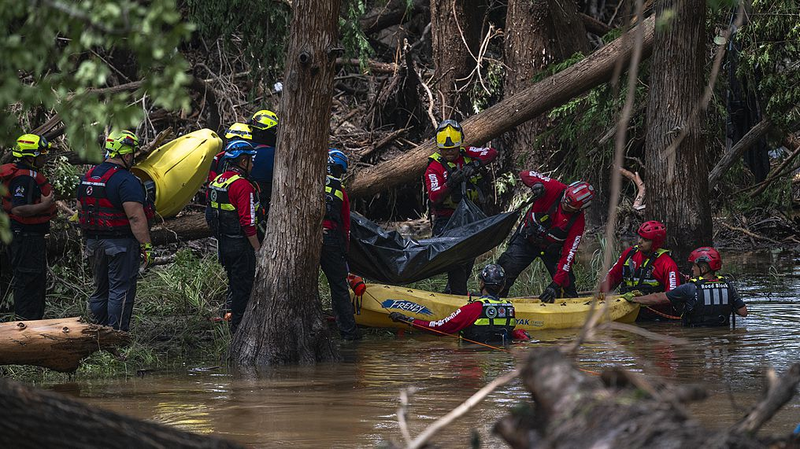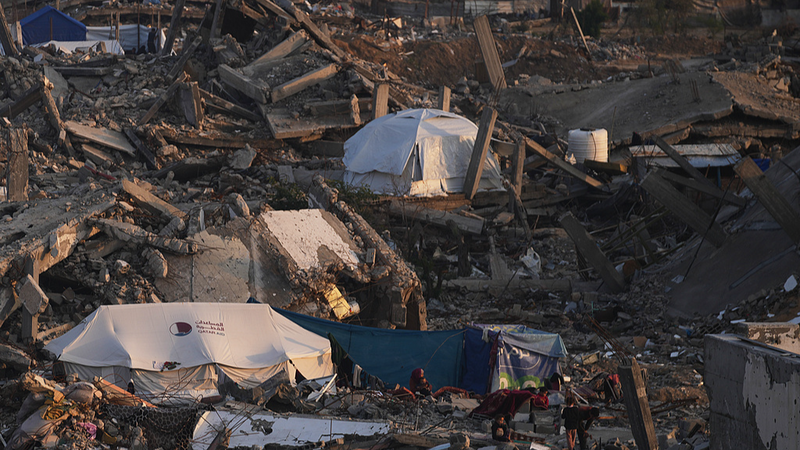Central Texas is grappling with one of the most intense flash flood events in recent memory. In Kerr County, a mix of rugged, low-lying terrain and a sudden burst of heavy rainfall has triggered devastating floods. With water levels rising over 8 meters in just 45 minutes on the early morning of July 4, the area has already suffered significant casualties—104 lives lost and dozens missing. 😢
The county’s geography makes it a hotspot for flash floods. Many homes and summer camps along the riverbanks were caught off guard as the rapid surge swept away debris, trees, and even roadways. Adding to the trouble were warning systems that issued alerts only minutes before the floodwaters hit, leaving residents little time to react—a scenario that echoes the challenges faced during severe monsoon events in parts of South and Southeast Asia. ⚠️
Moreover, the lack of proper flood control infrastructure along a 10-kilometer stretch of the riverbank allowed the water to overflow unimpeded, intensifying the damage. As search and rescue efforts continue into the fourth day, this crisis serves as a stark reminder that robust emergency systems and proactive planning are essential in the face of nature’s unpredictable forces.
For communities around the world, from Texas to monsoon-prone regions in South and Southeast Asia, this incident highlights the urgent need for enhanced disaster preparedness and warning systems. Stay alert, stay safe, and remember that every minute counts when facing Mother Nature’s might. 💡
Reference(s):
Terrain, intense rain, weak warnings among catalysts to Texas floods
cgtn.com




